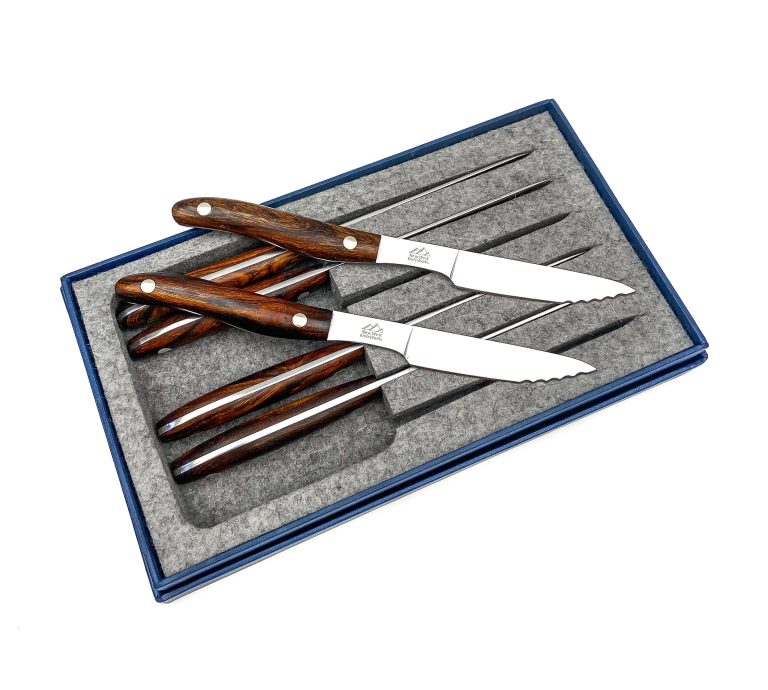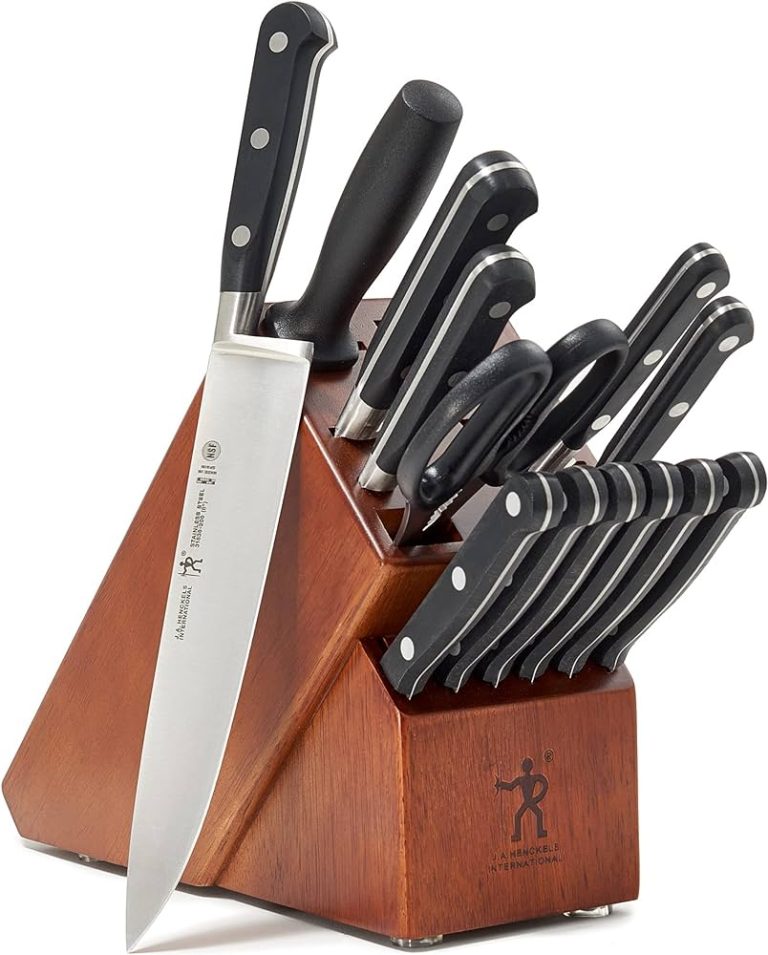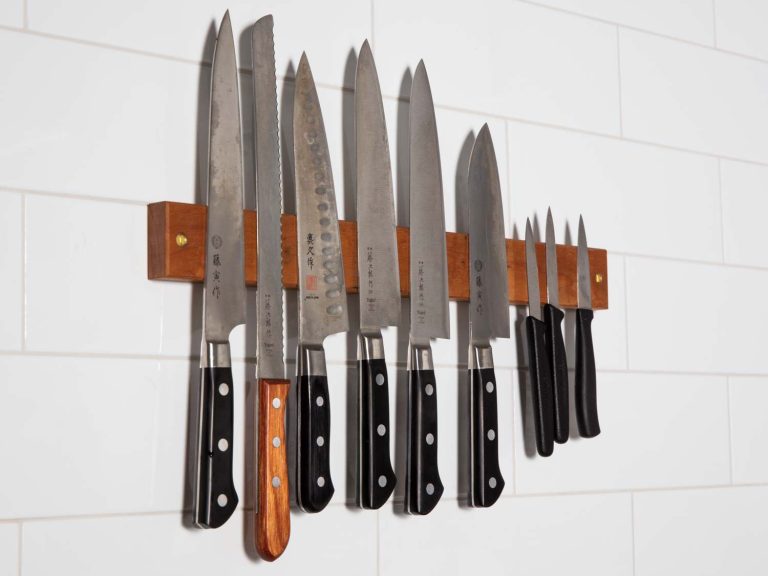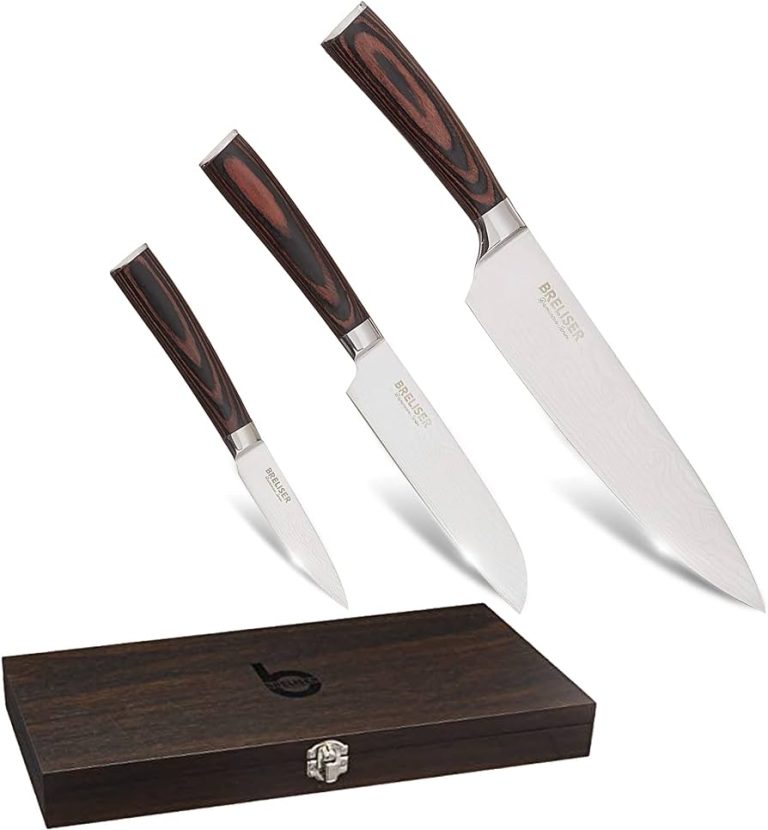Debunked: Most Popular Myths About Knives
Debunking popular myths about knives: Separating fact from fiction in just a few sentences. Contrary to popular belief, knives are not more dangerous when they’re sharper.
In fact, blunt knives require more pressure to cut, making them more prone to slipping and causing accidents. Additionally, stainless steel blades are not immune to rust, they simply resist staining and corrosion better. Moreover, the notion that one universal knife can tackle all tasks is a myth.
Each blade type serves a different purpose, and using the wrong knife can lead to a subpar result. Understanding these common misconceptions is crucial for safe and effective knife usage. Discover the truth behind more popular knife myths below.
Myth 1: Knives With A Higher Price Tag Are Always Better
Myth 1: Knives with a Higher Price Tag are Always Better
Expensive knives do not necessarily guarantee superior quality. While price may be an indicator of craftsmanship, there are factors to consider when choosing a knife beyond its price. Quality knives can be found at a range of price points, so it’s essential to look beyond cost when making a purchase.
When selecting a knife, focus on important factors such as the blade material, construction, and design. Blade material plays a crucial role in determining the knife’s durability and performance. Look for high-quality stainless steel or carbon steel blades known for their strength and resistance to corrosion. Additionally, consider the knife’s construction – a well-constructed knife with a full tang design (where the blade extends through the handle) will provide better balance and control.
Evaluate your specific needs before making a purchase. Consider the knife’s intended use – whether it’s for slicing, chopping, or delicate tasks like peeling. Each task may require a different blade shape, length, and thickness. By considering these factors rather than solely relying on price, you can find a quality knife that suits your needs and budget.
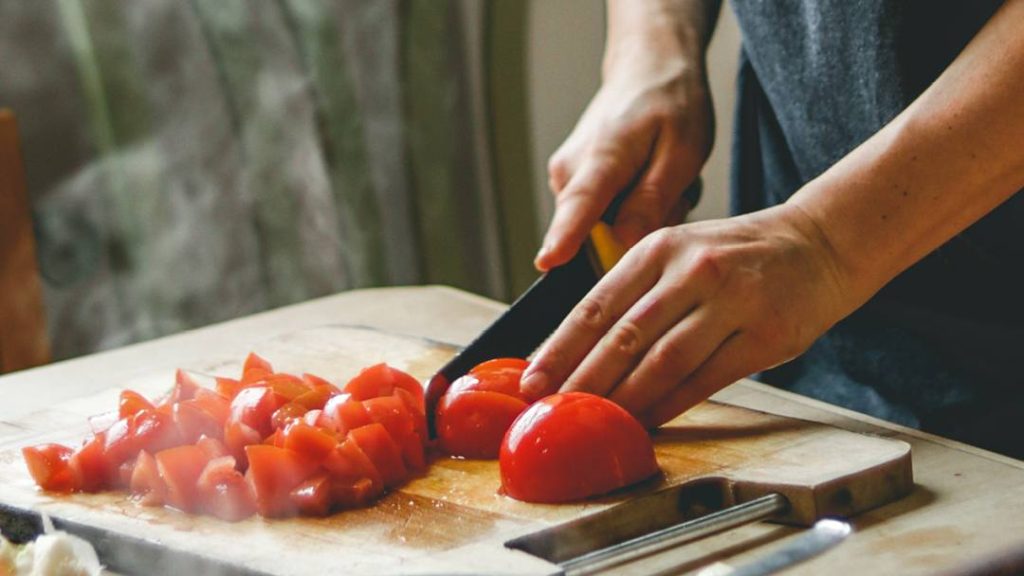
Credit: newsnetwork.mayoclinic.org
Myth 2: A Sharpening Steel Restores A Dull Knife’S Edge
There is a common misconception surrounding the role of a sharpening steel when it comes to restoring a dull knife’s edge. It is important to debunk this myth and understand the proper techniques and tools for knife sharpening.
Contrary to popular belief, a sharpening steel does not actually sharpen a dull knife. Its primary function is to hone or realign the knife’s edge, fixing the alignment of the blade. This helps to maintain the sharpness of an already sharp knife, but it doesn’t restore a dull blade.
To restore a dull knife’s edge, it is necessary to use a proper sharpening tool such as a whetstone or a handheld sharpener. These tools remove a small amount of metal from the blade, creating a new edge. It is crucial to learn the correct sharpening technique to avoid damaging the knife.
By understanding the truth behind this myth and acquiring the right knowledge and tools, one can effectively sharpen a dull knife and maintain its cutting performance.
Myth 3: Dishwashers Are Safe For Cleaning Knives
One of the most common misconceptions about knives is that they can be safely cleaned in dishwashers. However, this notion couldn’t be further from the truth. Dishwashers may seem convenient, but they can cause significant damage to knives.
The high heat, harsh detergents, and vigorous spraying action in dishwashers can lead to several potential damages on knives. The heat can cause the handles of the knives to warp or crack. The harsh detergents can corrode the blades, leading to rust formation. The spraying action can cause the knives to collide with other utensils, resulting in chipping or dulling of the blade.
To ensure the longevity and performance of your knives, it is recommended to avoid using dishwashers for cleaning them. Instead, opt for gentle hand washing using mild soap and warm water. After cleaning, thoroughly dry the knives to prevent any moisture from causing rust.
In addition to proper cleaning, regular knife maintenance is crucial. This involves using a honing steel to keep the blade sharp and occasionally sharpening it with a whetstone or knife sharpener. Proper storage, such as using a knife block or magnetic strip, also helps prevent any unnecessary damage.
Conclusion
To wrap up, it is essential to separate fact from fiction when it comes to knives. By dispelling these popular myths, we can make more informed decisions and ensure our safety in the kitchen. Knives are not solely designed to be dangerous weapons; they are indispensable tools that require proper care and respect.
Understanding the different types of knives and their specific uses will enhance our culinary experiences and elevate our skills in the kitchen. The notion that knives get duller with age is debunked; with regular maintenance and honing, they can stay sharp for a long time.
Sharpening knives at home is feasible with the right tools and techniques, empowering us to take control of our knives’ cutting edges. Lastly, while high-quality knives are an investment, they are worth every penny for their functionality, durability, and overall performance.
Remember, a well-maintained, sharp knife is an essential companion in the culinary world.

